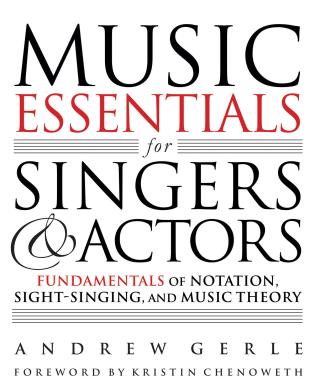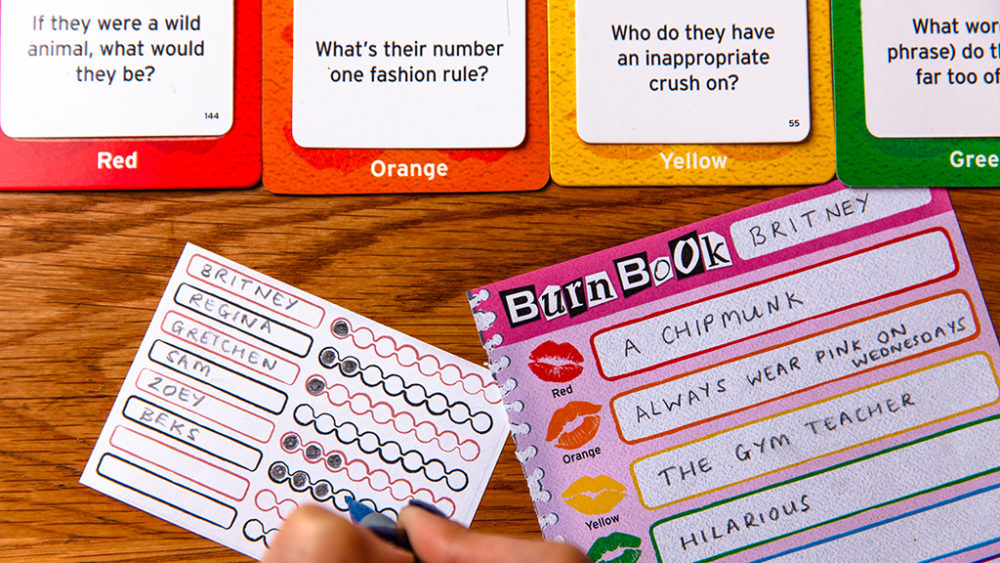
The middle school grades have a major impact on students' futures, especially if they are their first step towards higher education. These grades are a way for students to see how far they have come and what areas they still need to improve. Graduations are also a way to monitor a student’s progress and help them get a scholarship. These grades can be a motivator to motivate students to do better and work harder.
Influence of grades in high school
There is no standard, accepted guideline regarding the influence of middle school grades on high-school performance. Many factors influence middle school graduates' success and failure. Gender and race are both important. Students who are black have a lower academic success rate than those of white.
However, a recent study has shown that high school grading standards are an important indicator of success. This study revealed that students' high school grades are affected by a variety of factors, including attendance and effort. Grades are often regarded as a good indicator of student ability but they can also be inconsistent and not always the best.

Although previous research has indicated that school grades can predict high school success in high school, the current results are inconsistent with those of prior studies. Additionally, differences in results between studies may be due to differences in sample sizes. These results cannot be used to draw general conclusions.
Participation in class is crucial
Participation is a critical component of student learning. Participation can help students learn and develop their communication skills. Additionally, teachers can use participation in class to gauge students' progress. Teachers can make sure to keep a chart of their seating so that students can check in on those who contribute.
Students can improve their communication skills and critical thinking by participating in class. Students who participate in discussions demonstrate that they are prepared for class discussions, and that they are interested in the topic. These students score better on communication skills assessments.
The study used a mixed-methods design, which allowed researchers to compare different types of data and thereby gain a broader perspective. It included survey data collected from 762 students from 9 to 15 years, and data from 182 instructors. It also included ethnographic observations from six classes.

Advanced courses are important in middle school
Although automatic enrollment might seem like a great idea, it is not a viable policy. A successful policy should include multiple support and tools for students and teachers. It is important to increase access to advanced classes. But this cannot be done alone. Districts should adopt a data-driven continuous improvements approach to student participation and performance in advanced course.
Below are some considerations to make when deciding if advanced courses are right. First, consider whether the student has the academic and personal potential to succeed in the advanced course. Second, consider whether he or she will be able to successfully complete the course in a year or two.
Third, check the curriculum requirements. A student may choose to learn a foreign language depending on the course. A typical requirement for students is to complete at most 1,200 lab experiences. In addition, middle school science courses must include lab experiences. These experiences must occur during the school-year if a student is enrolled in an accelerated grade 8.
FAQ
Who can homeschool?
Anyone can homeschool. There aren't any requirements.
Parents who have completed high school can teach their children. In fact, many families choose to teach their older children while they attend college.
Parents who have less formal education may be able to teach their children.
After satisfying certain requirements, parents can become certified teachers. These requirements may vary by state.
Some states require homeschooled students take a test to graduate. Others do not.
Homeschooling parents should register their family at the local school district.
The process involves filling up paperwork and submitting the completed form to your school board.
Parents are permitted to enroll their children in private or public schools after they have registered.
A few states allow homeschooling without the need to register their children with government agencies.
If you live in one of these states, you will be responsible for ensuring your children meet the requirements of the state's compulsory attendance law.
What are the alternatives to school?
An alternative school aims to allow students with learning difficulties to access education and provide them with support from teachers who are qualified to meet their needs.
Alternative schools provide special education opportunities for children with special needs.
Additional support is available if needed.
An alternative school isn't only for those who have been expelled from mainstream schools.
They are open to children of all abilities and disabilities.
What does it take to be a teacher of early childhood education?
Teacher in early childhood education needs to have specific training. Before being permitted to teach in public schools, most states require that candidates for teaching positions have been certified by a state board.
Some states require teachers pass reading and math tests.
Some states require teachers with early childhood education degrees to complete a set number of hours.
Most states have minimum requirements about what a teacher must know. These requirements can differ from one state to another.
What is a vocational high school?
Vocational schools provide programs that prepare people for a specific job. They might also provide training in job-related skills and general education.
Because it helps young people to develop the skills that they need for success in life, vocational education is an integral part of society. It provides high-quality learning opportunities for all students.
A vocational school provides a variety options for its students. They can choose from certificates, diplomas or degrees as well as apprenticeships, certificates, diplomas or degrees. Vocational school students learn both academic subjects and more practical subjects like math, science, English or social studies.
What is early childhood education?
Early Childhood Education is a field devoted to helping children develop into healthy, happy adults. This includes teaching children how to read and preparing them for kindergarten.
Early childhood education's goal is to help children learn through age-appropriate experiences.
Early childhood educators often have to assess each child's developmental needs. This assessment helps determine whether a particular program would benefit each individual child.
Parents have the chance to interact with teachers, other professionals and parents who have worked with young children.
Early childhood education also requires parents to play a significant role. They need to know how best to care for their children.
Parents can also take part in activities that teach skills to their children for the rest of their lives.
Early childhood education is sometimes referred to as preschool education, although this term is used interchangeably with daycare centers. Early childhood education is very similar to prekindergarten education, which usually begins around three years old.
How long should I spend preparing for college?
How much time you have available to study and how long it takes to prepare for college will determine the amount of time you spend on preparation. You should begin college preparation courses if you intend to go to college right away after high school. You don't have to plan if you expect to be away for several years before going to college.
It is important to discuss your plans and ideas with your parents, teachers, and other family members. They may suggest certain courses of study. Keep track of all the courses you have taken and the grades you earned. You'll be able to see exactly what you need next year.
Statistics
- Globally, in 2008, around 89% of children aged six to twelve were enrolled in primary education, and this proportion was rising. (en.wikipedia.org)
- Think of the rhetorical power of nineteenth-century abolitionist Harriet Beecher Stowe, Martin Luther King, Jr., or Occupy Wall Street activists with their rallying cry of “we are the 99 percent.” (bostonreview.net)
- “Children of homeowners are 116% more likely to graduate from college than children of renters of the same age, race, and income. (habitatbroward.org)
- They are more likely to graduate high school (25%) and finish college (116%). (habitatbroward.org)
- And, within ten years of graduation, 44.1 percent of 1993 humanities graduates had written to public officials, compared to 30.1 percent of STEM majors. (bostonreview.net)
External Links
How To
what is vocational education?
Vocational Education prepares students for work by giving them skills that are required for a specific job, such as welding. It includes training on the job in apprenticeship programs. Vocational education stands out from general education. This is because it focuses less on general knowledge and more on developing skills for specific occupations. Vocational education does more than prepare for university. It helps people find jobs after graduation.
Vocational education can take place at all levels of schooling. This includes primary schools, secondary schools and colleges, universities as well as colleges, technical institutes, technical colleges, trade schools, community college, junior colleges, four-year colleges, and colleges. Many specialized schools are available, including nursing and culinary schools, law schools medical and dental schools, veterinary medicine school, veterinary medicine schools, firefighting training schools, police academies, military academy, and other military schools. Many of these schools offer both academic instruction and practical experiences.
Over recent decades, there have been significant investments made in vocational education by many countries, including Australia, Denmark (Finland), Germany, Ireland and Japan. The effectiveness of vocational training is still a controversial topic. Some critics argue that it does little to improve students' employability; others argue that it provides useful preparation for life after school.
According to the U.S. Bureau of Labor Statistics 47% of American adults have a postsecondary certificate. This figure is higher among those with more education: 71% of workers aged 25-29 with a bachelor's degree or higher are currently employed in fields requiring postsecondary credentials.
In 2012, the BLS reported that nearly half of the nation's adult population had at least some form of postsecondary credential. Around one-third of Americans hold a two or four-year associate degree. One in five Americans has a master's or doctorate.
The median annual wage for individuals with a bachelor's in 2013 was $50,000. This was compared to $23,800 when they had no degree. The median wage for advanced degrees holders was $81,300.
The median wage for people who did not finish high school was only $15,000. The median annual income for those with less than a high-school diploma was $13,000